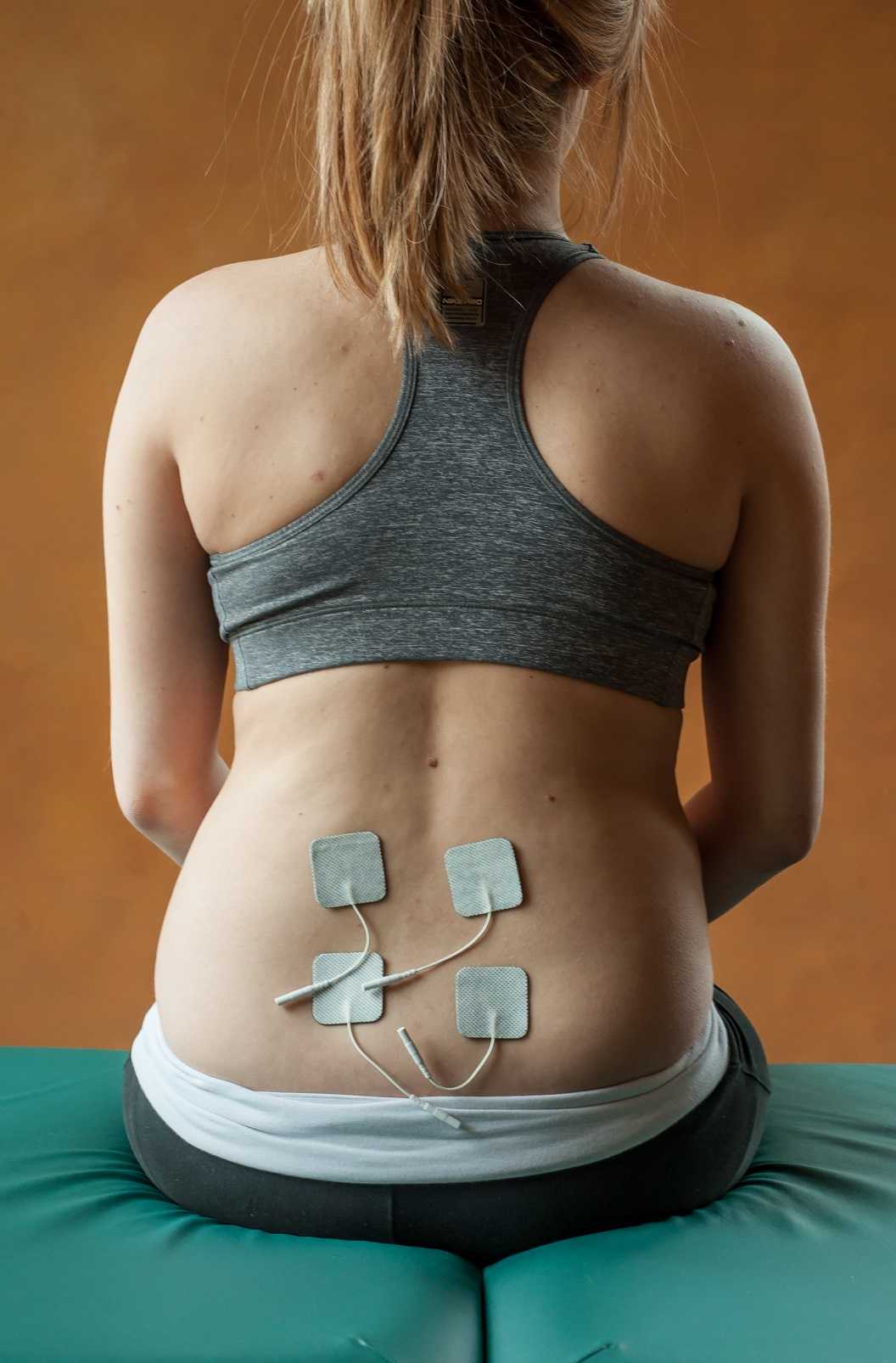TENS in Labor: What's New?

A recent article published in the Evidence Based Women's Health Journal reports on the use of transcutaneous electric nerve stimulation (TENS) for labor pain. The study was carried out in a teaching hospital in Cairo, Egypt, and involved 100 subjects divided into a treatment group (TENS application) and a control group (intramuscular pethidine 50-100 mg.) Pain assessment was completed by a visual analog scale (VAS) and a postpartum satisfaction questionnaire 48 hours after birth. Outcomes included relief of labor pain, duration of first stage of labor, labor augmentation, mode of delivery, fetal outcome, and adverse event reports. Patients were excluded in the following cases: cephalopelvic disproportion, multiple gestations, presence of a cardiac pacemaker, known congenital abnormalities, in the presence of complications such as preeclampsia, antepartum hemorrhage, and fetal asphyxia.
TENS was applied in the paravertebral area, between T10-L1 and S2-S4 at the time in labor when the woman experienced regular, painful contractions. In the control group, a gluteal intramuscular injection of meperidine hydrochloride (opioid analgesic) was applied every 4 hours or more as needed. For more details about the methods and results you can see the full text article by clicking here.
This randomized, controlled trial had groups similar in maternal age, gestational age, and parity. Results included both groups having a significant decrease in pain scores. However, the satisfaction surveys demonstrated a dramatic difference with the TENS group at 83% satisfaction rate, and only 10% in the control group. Reasons cited for dissatisfaction with the medication used by the control group included side effects of drowsiness, nausea and vomiting. Other results included decrease augmentation of labor needed in TENS group, mode of delivery and length of first stage of labor was similar among groups. Very compelling is the fact that Apgar scores were significantly higher in the TENS group despite all infants being healthy.
While it is appropriate and necessary to use caution when applying modalities with patients who are pregnant, this study offers further support about the efficacy of TENS for pain control in labor, and furthermore, this research highlights the perceived value of TENS use via satisfaction reports. (For a fantastic site to find evidence-based, current information about modalities, go to Tim Watson's website at www.electrotherapy.org) A woman's right to have a birth that is safe for her and her baby, with the added element of pain relief options that a laboring woman can choose for herself is critical. Healthy pregnancy, labor and delivery is a mission that the Pelvic Rehabilitation Institute includes in our mission, and Institute co-founder Holly Herman has led the field in educating therapists about peripartum rehabilitation across the United States (and now the world!) for decades.
This year we unveiled the Peripartum course series, designed by Holly Herman and faculty members Jenni Gabelsberg, Michelle Lyons, and Holly Tanner. Come join us at one of the courses focusing on Pregnancy, Postpartum, or Special Topics. Your next opportunity for each can be found here. We still have a few seats in the Care of the Pregnant Patient course in April in Illinois, Care of the PostpartumPatient course in March in California, and the next chance to take Peripartum Special Topics is in Texas in October.
By accepting you will be accessing a service provided by a third-party external to https://hermanwallace.com/








































